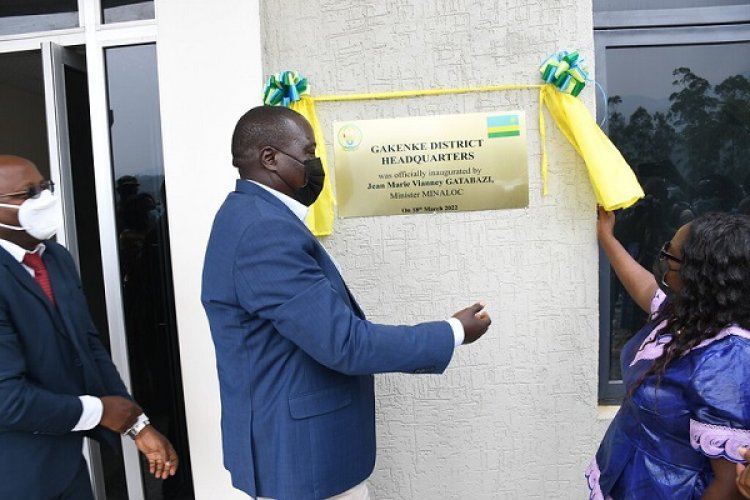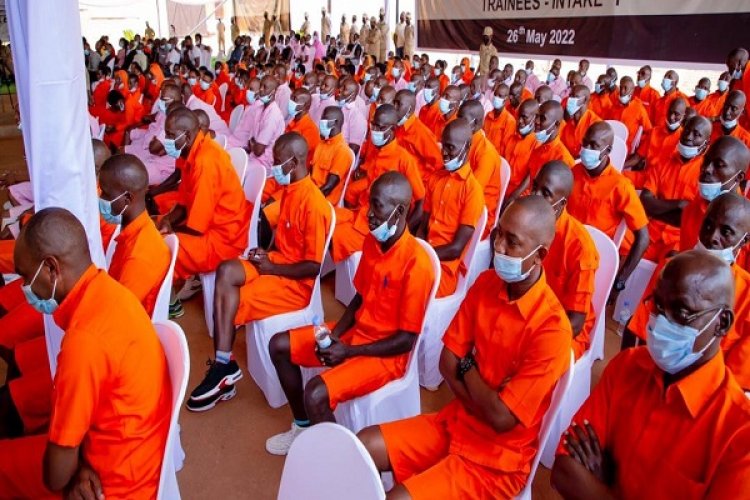Rwanda has embarked on a national population and housing census involving households, visitors and citizens in the diaspora as government seeks fresh data to guide effective planning and tackle poverty.
This year’s census, which officially starts Tuesday and is expected to go on until September 30, is the fifth one in the country since 1978 when the total population stood at 4,831,527.
“For those [Rwandans who are member of the diaspora] who will be in Rwanda, they will be considered as visitors, but we encourage them to use the web application for Rwandans living in the diaspora. We call upon all Rwandans living in the diaspora to be counted because they count,” said Yusuf Murangwa, head of the National Institute of Statistics (NISR) in a message shared ahead of the start of the exercise.
The latest census in August 2012 found the number of population to have more than doubled to 10,515,973 with a density of 415 persons per square kilometer, making Rwanda one of the most densely populated countries globally.
NISR then projected population to reach 13.3 million in 2022 and 16.5 million in 2032 and double towards 2047 based on the then annual growth rate of 2.6 per cent.
High fertility
However, concerns since arose over fast rising demography in view of high fertility rates at above 4 children per woman in successive Demographic Health Surveys (DHS) amid unmet demand for contraceptives, worrying rise in teenage pregnancy rates and longer life expectancy, among other factors.
This fomented fears that the population density could hit a record high of about 830 persons per square kilometer with the population likely to triple in 30 years — something that could undermine the country’s overall target of attaining a middle income status by 2035 and high-income status by 2050.
Under the projection, which is pegged on series of seven-year National Strategies for Transformation (NST1), Rwanda seeks to effectively end poverty and boost per capita income from $754 as at 2017 to at least $1,382 by 2024, $4,035 by 2035 and $12,000 by 2050.
“Population growth in itself is not a problem. In the short to medium term, the main challenge will be to equip the young generations with necessary skills and establishing the right environment in which they will be productive to their full potential,” statisticians at NISR had concluded based on the 2012 census findings.
The agency also pointed to the fact that the country faced competing challenges of population density, settlement, urbanisation and agriculture development.
It indicated, for instance, that agriculture should grow higher than population growth if food security is to be maintained and much higher if it is to further support poverty reduction, agro-processing industries and trade.
Pandemic toll
Economists say the new census will provide fresh data which will enable government planners make necessary adjustments in design of programmes and projects aimed at tackling key human security issues like poverty and malnutrition as well as revise targets across key sectors.
In particular, the census is taking place following the Covid-19 pandemic that took a heavy toll on gains made over the years across sectors, including derailing overall economic growth and projections.
Both the IMF and World Bank data show the COVID-19 pandemic has raised unemployment and poverty in Rwanda with “risks reversing hard-won gains from the past decades in areas such as human capital developments.”
In May 2021, the unemployment rate rose at 23.5 per cent from 17.0 per cent in February the same year.
The 2021 labour force survey report published in March 2022 indicated the unemployment rate stood at 21.1 per cent. But the rate is higher among youth at 26.5 per cent.
The brochures issued by the National Institute of Statistics shows enumerators will spend the coming weeks gathering details ranging from the demographic, economic and social data like individual’s labour and employment statuses, birth and death incidences, housing characteristics and level of education.
Other questions center around language mastery and use, digital device ownership and internet use, among others.
The exercise will cost Rwf30 billion ($28.8 million), according to the National Institute of Statistics.










